Who Says Zionists Can’t Make Jazz? A Sephardi-Parisian Perspective
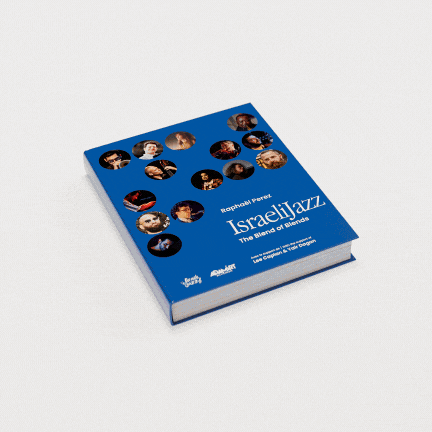
In Memoriam: the Nine Iraqi Jews hanged at Baghdad on 27 January 1969: Sabah Haim Dayan, Daoud Heskel Barukh Dellal, Fouad Gabbay, Naim Khedouri Helali, Heskel Saleh Heskel, Charles Raphael Horesh, Yeheskel Gourji Namerdi, Daoud Ghali Yadgar, Ezra Naji Zilkha, as well as the two hanged at Basra: Yeheskel Eliahou Dellal and Yeheskel Raphael Yacoub, HY”D.
Click here to dedicate a future issue in honor or memory of a loved one

Upcoming Events ◊ ASF Sephardi Shop ◊ Sephardi World Weekly ◊ ASF IJE ◊ ASF Sephardi House ◊ Archive◊ Donate
The American Sephardi Federation’s Sephardi Ideas Monthly (SIM) by Dr. Aryeh Tepper is a continuing series of essays and interviews from the rich, multi-dimensional world of Sephardi thought and culture that is delivered to your inbox every month.
Across the West, Hamas’ barbaric Oct. 7th attack was followed by a parade of blood libels, moral inversions, and factual distortions that aimed to delegitimize the Jewish state. One of the weirdest lies, however, was dropped by pro-Hamas vandals in the spring and summer of 2024 at Wilson Live, an Israeli-owned jazz club in Bushwick, Brooklyn, “Zionists Can’t Make Jazz.”
Leaving aside the fact that Islamists aren’t known for their ability to swing, first-rate jazz musicians have been coming out of Israel for decades. Israeli jazz musicians were a visible presence at Lower Manhattan jazz clubs in the 1990s, while a decade later Larry Monroe, a legendary educator and then-vice president for academic affairs/international programs at the Berklee College of Music, offered that “if I had three days to find 10 really hot jazz musicians, I’d go to Tel Aviv before any other place on the planet. ” And following last summer’s attacks at Wilson Live, Brooklyn Magazine likewise pointed out that
not only can Israelis, in fact, make jazz, they also have an outsized… presence in the New York scene….
On any given night at Ornithology, another jazz club in Bushwick, it’s likely that there will be at least one Israeli musician on stage and Hebrew spoken amongst the crowd.
Art of this caliber cannot be denied, but at the same time, the story of Israeli jazz waits to be told. The manner in which Jews from a war-torn, Middle Eastern country deeply assimilated American-born music whose fundamental attitude in the face of chaos is affirmative, and often downright celebratory, is a cause for wonder. At the same time, jazz’s demand that the artist stylize a “sound” true to the depths of one’s soul moved a number of Israeli jazz musicians to return to Sephardi Jewish musical traditions with open hearts and gave birth to some of the most bracing and beautifulextensions, elaborations and celebrations of Jewish culture and jazz of the 21st century. It’s a story that in true rooted-cosmopolitan, Sephardi fashion ranges from childhood synagogues to center stage at the Israel Festival to New York’s leading jazz clubs.
Keeping “Sephardi Jewish geography” in mind, it’s no surprise that the sound of Israeli jazz reached France, too. Raphael Perez is a Paris-based photographer from a Tunisian Jewish family that fled to France following the six-day war. As a Parisian teenager, Perez fell in love with Sidney Bechet’s soulful vibrato soprano sound, and as an adult he discovered in Israeli jazz a musical world that somehow integrated what he heard both in Bechet and the North African songs that his parents were listening to at home.
In 2018, after reflecting upon the large number of Israelis showing up in his photographs of jazz musicians, Perez decided to feature them in a book. A 2022 Tel Aviv exhibition helped move things forward, and today Israeli Jazz (subtitled The Blend of Blends) is fresh off the press. An attractive coffee-table, bilingual French-English publication, the chapters range from “The History of Israeli Jazz” to “Jazz Clubs and Festivals in Israel” to photo biographies of 92 “Israeli Jazz Artists.” Accessible and thoughtfully constructed, Perez’s introduction to one of the more remarkable dimensions of Israeli culture was set to launch internationally in Nov., 2023, but Oct. 7th intervened. Following Hamas’ attack, the book’s publisher and the writer of the Foreword both ghosted Perez, who swung through the post-Oct. 7th changes will aplomb, landing a leading French music journalist, Alex Dutihl, to write the new Foreword while publishing the book on his own. Perez’s remaining challenge is to find a North American distributor.

Israeli Jazz: The Blend of Blends
(Photos courtesy of Raphael Perez)
Sephardi Ideas Monthly recently sat down for a conversation with Perez about his book and Sephardi-Parisian perspective on the miracle of Israeli jazz.
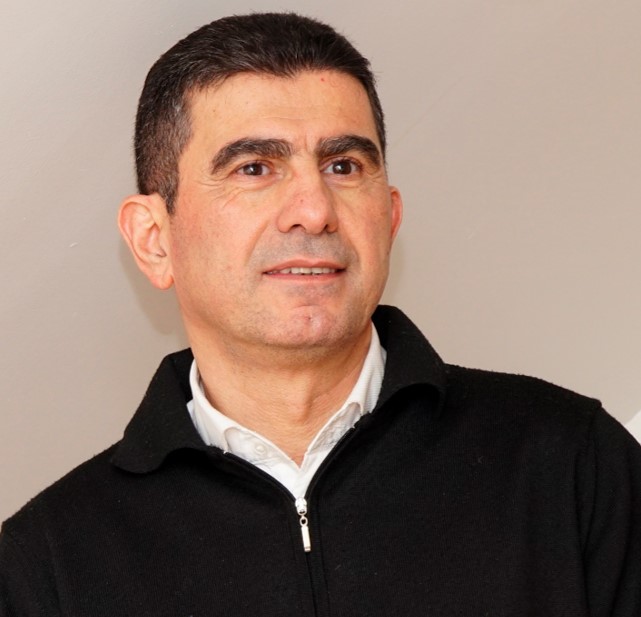
(Photo courtesy of Raphael Perez)
Sephardi Ideas Monthly: Let’s please go back to the beginning. How did a young man born to a Sephardi family in Tunisia that later moved to Paris originally fall in love with jazz?
Raphael Perez: We fled Tunisia in 1967 after the six-day war, and I fell in love with music, including jazz, when I was a teenager in Paris. I was 15 when I had my first hi-fi stereo system, and my father gave me my first jazz EP: Sidney Bechet. I especially loved “Petit Fleur.” And then I slowly discovered different genres of music, while I was also listening to the “Oriental” music that my parents were listening to at home: Um Kultum, Farid El Atrach or Mohamed Abdel Wahab. My father was also friendly with many local musicians who were often gathering and playing at our home.
SIM: Then you especially fell in love with Israeli jazz. What first attracted you to the Israeli sound?
RP: What I first liked in Israeli jazz was the hybridization of pure jazz with Middle eastern modes and sometimes instruments.
I am also a photographer, and in 2018 I realized that I had met and photographed approximately 30 Israeli musicians. I was very surprised by this large number. When I questioned some executives of the music industry, they all confirmed to me the impact of this new generation of Israeli jazz musicians while also noting the quality of the music they produced on the global jazz scene.
SIM: Who were some of the Israeli jazz musicians who first grabbed your attention?
RP: The first is Avishai Cohen, the double bass player. I loved his album Seven Seas. Cohen is probably the most famous Israeli musician globally, a real master of the traditional jazz double bass. But his music is also rich in Ladino and Mediterranean elements, coupled also with influences from his time as a student in NYC when he was training with South American musicians. It’s all great music, from his first album Adama in 1998 until the newer Iroko in 2023 and Brightlight in October 2024.
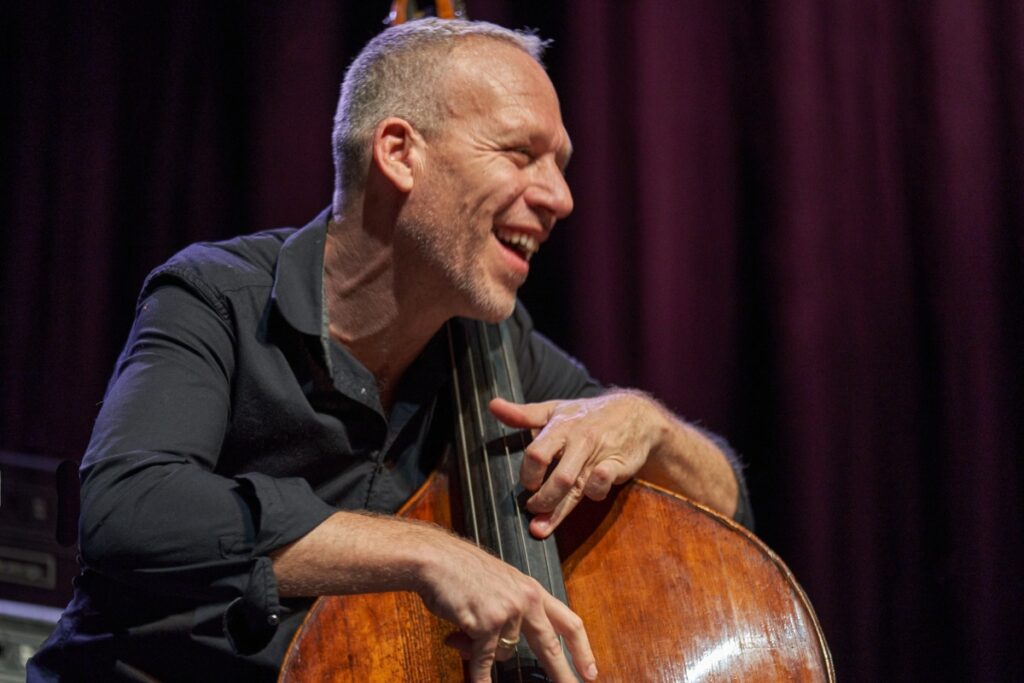
(Photo courtesy of Raphael Perez)
Then there’s Omer Avital, also a great double bass player who has integrated jazz with Yemenite, Moroccan, and Israeli-Mizrahi music. Avishai Cohen and Omer Avital flew to New York together at the beginning of their careers and were part of the “big bang” in the 1990s when Israeli jazz really began to flower.
Of course, there are many other highly skilled Israeli jazzmen: Eli Degibri, Oded Tzur, Roni Kaspi, Ofi Nehemya, Anat Cohen, the other Avishai Cohen the trumpet player, Omri Mor, Itamar Borochov, Guy Mintus, and many others. I keep discovering new young Israeli jazz musicians at an international level, and it’s an ongoing process.
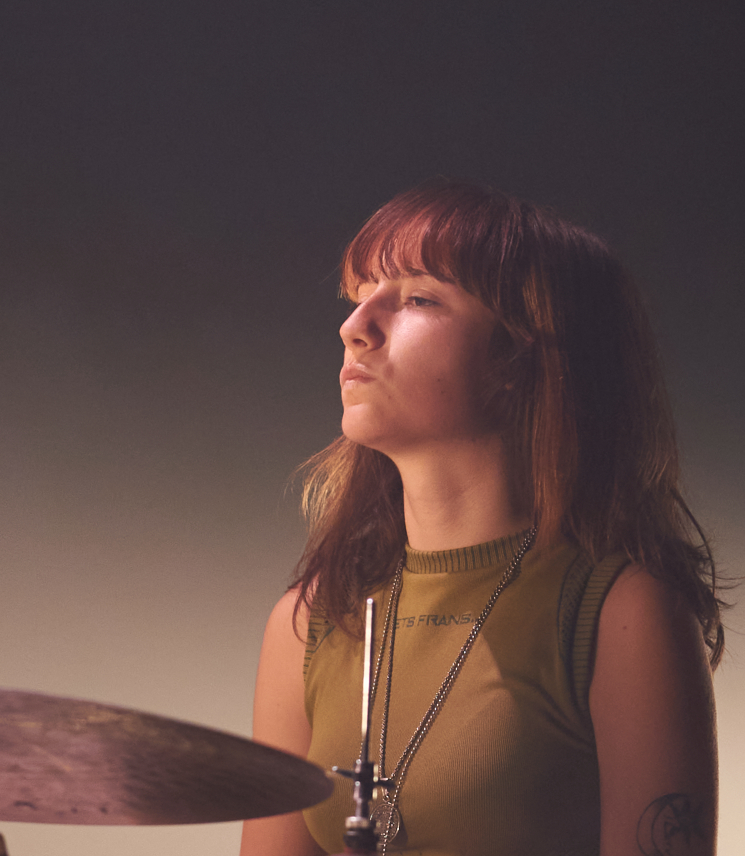
(Photo courtesy of Raphael Perez)
SIM: The way that Israeli jazz musicians ascended to the top of the jazz world during the 1990s and the first decade of the 21st century is remarkable. Because you’re familiar with the jazz scenes in France and in Israel, you have an interesting perspective in understanding the flowering of this artistic talent. What do you see when you compare the path of the French jazz musician with the path of the Israeli jazz musician?
RP: This is a very good question, and it is also the angle I was attracted to in my work. Of course, I know better French musicians as I live in Paris, but this question could be asked regarding jazzmen from most European countries in relation to Israeli jazz musicians.
In each of those European countries, you have a good jazz education system and good jazzmen, some of whom play at an international level. European jazz musicians have great skill on their instruments, they can play the great jazz classics, sometimes they have the capacity to compose and play very good music that they are creating, doubled with a great sense of improvisation.
What I felt with Israeli jazzmen, however, is that beyond mastering their instruments and the jazz tradition, they also know how to mix “pure” jazz with the traditional music of their families. They use jazz to bring out something deep within their souls to create a new music that is enriched through the tools and musical vocabulary of jazz but that amateur listeners can appreciate and enjoy.
The Foreword to my book was written by a very famous French jazz journalist, Alex Dutilh. I asked him to write some words about Israeli Jazz before he read the book (I wanted his own original feeling) and I was glad to read that he identified the same values. He also mentions an additional reason, connected to the limitations of Israel’s market, “There is an urgency for most musicians to leave Israel to grow faster and realize career prospects. This urgency also entails a pursuit of excellence, right away.”
SIM: For some of the top Israeli jazz musicians and for you, too, the growth of Israeli jazz has been a journey of self-discovery of North African and Middle Eastern Jewish cultures. Please explain how this is so.
RP: Yes, there is a deeper meaning to the hybrid version of jazz that Israeli jazz musicians have been creating.
The blossoming of Israeli jazz in the 90s was a special period. But we need to see it in a larger context. Beginning in the middle of the 1980s, the American link to Israel became much stronger at the economic, cultural and political levels. This was the period when Israel started to look for a place in the global economy and to open up. Many young Israelis wanted to be close to or to imitate an American way of life. Likewise, Israeli musicians began listening to, learning and playing jazz.
But the traffic moved in both directions. The great Jewish-American, New York jazz educator Arnie Lawrence moved to Israel in 1997 and opened a jazz center in Jerusalem, “The International Center for Creative Music.” Arnie’s motto was: “Play your own music,” meaning, play who you are. This is the basic demand of jazz. The same truth that Arnie taught was discovered in New York by many Israeli jazz musicians such as Omer Avital, who told me that hearing jazz musicians integrate Latino musical traditions into their music really opened his mind. He realized he also has a story to tell and cultural roots to explore and celebrate through jazz. In his case, the Jewish cultural roots are Moroccan and Yemenite, and he uses jazz to extend Moroccan and Yemenite sounds.
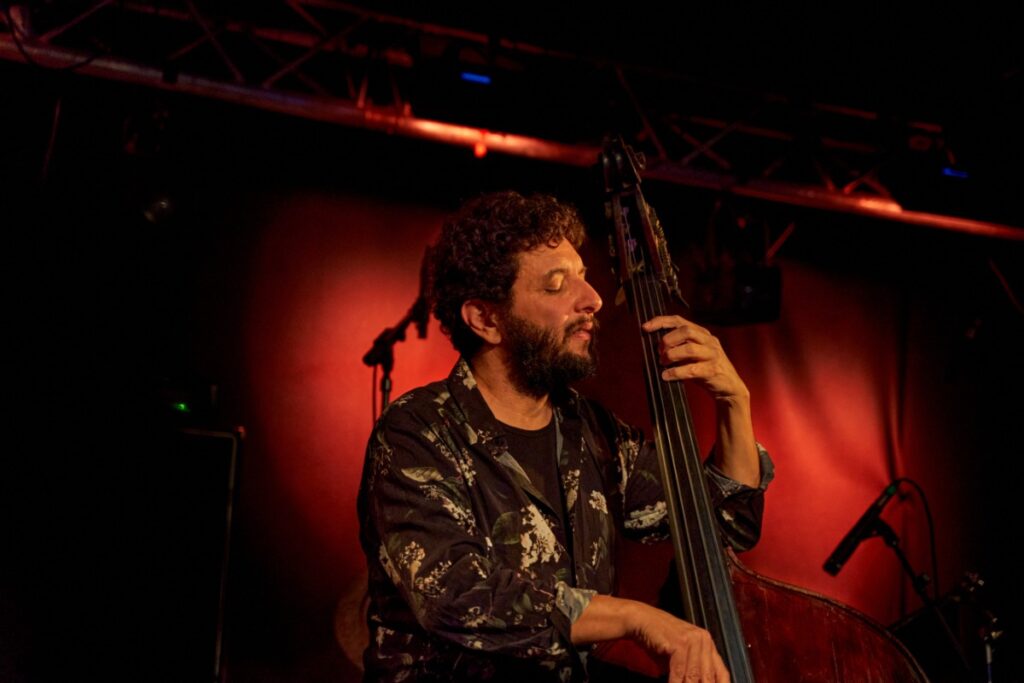
(Photo courtesy of Raphael Perez)
So for many Israeli jazz musicians, jazz became a means to tell a story about who they are and where they are coming from. The music functions as a bridge to other Middle East countries and Middle Eastern Jewish cultures, and also as a way to explore and celebrate the depths of Israeli culture.
SIM: This fascinating material inspired you to put together your wonderful book on Israeli jazz. Then Oct. 7th happened. How did that affect your book plan?
RP: Our original plan was to print the book in October 2023 and to release it in November 2023. We had a multi-country promotion plan and a great publisher. Of course, we all agreed to postpone publication for some months after Oct. 7th. But from that day, I never again heard from the publisher as well as the French musician who wrote the original foreword and then asked me to remove it on Oct 10th. We have been very grateful to Mr. Alex Dutilh, who I previously mentioned, who is probably the most famous jazz French journalist and who agreed to write the foreword for the book we are releasing now.
A few months later we organized activities to support musicians and young people who were at the music festival in Kibbutz Be’eri on Oct. 7th, but when we returned to the book project in Spring 2024, the only solution we found was to fund it ourselves (myself and some friends) and to auto-publish it. The book is now ready, but we lack the capacity to distribute it globally, as we don’t have this experience. We are working on it and collecting the funds to launch the book in North America.
SIM: For those inspired by this discussion to begin exploring Israeli jazz for themselves, please recommend a disk to begin with, and say a few words about the artist.
RP: These are always very difficult questions. There is so much great music from around 200 Israeli jazz musicians.
The most recent CD from Avishai Cohen, the trumpeter, is called Ashes to Gold (ECM) and was released on the one-year anniversary of October 7th. Most of the tunes in this disc were created in shelters during very hard times, but it is great music and the title of the album is a wonderful sign of hope for the future.

Learn more at https://www.israelijazz.com/en/book
~~~~~~~
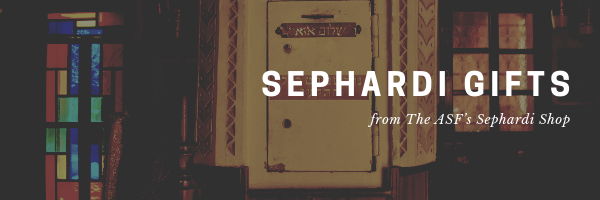
A Pizmonim: Sephardic-Hebrew Songs of the Middle East, Volume 1
By David Elihu Cohen
Pizmonim, a unity of poetry and song, have been an integral part of the Jewish People and may be traced in the Bible to the very beginning of our history.
The twelve selected Pizmonim contained in this booklet serve to perpetuate the Greater Sephardic culture and tradition of singing praise to the Lord on all joyous occasions.
Remnant of Israel a Portrait of America’s First Jewish Congregation
by Hakkham Rabbi Dr. Marc D. Angel
Special Edition for the American Sephardi Federation
Published to mark Shearith Israel’s 350th anniversary, Remnant of Israel a Portrait of America’s First Jewish Congregation tells their individual stories as well as the history of the Congregation, explaining its origins, its rituals, and its traditions. It is profusely illustrated with portraits, historical documents and ritual objects. This book tells a fascinating story, one that will appeal to anyone interested in the history and culture of the Jewish People, of New York City, and of the United States.
~~~~~~~
Upcoming Events or Opportunities
The American Sephardi Federation with the Sephardic Foundation on Aging proudly present:
Mazal Bueno: The 8th Annual New York Ladino Day!
Curated by Jane Mushabac and Bryan Kirschen
Featuring:
Rachel Amado Bortnick, “Tales from Ladinokomunita,” the groundbreaking worldwide online correspondence circle which she founded and directs.
Julie Benko, Broadway star of Harmony and Funny Girl fame, narrates
Mazal Bueno: A Portrait in Song of the Spanish Jews,
featuring all Ladino songs sung by the 6 singers of the GRAMMY-nominated Western Wind Vocal Ensemble
with 3 guest instrumentalists.
The author of Mazal Bueno, Jane Mushabac, wrote it on commission for the original 1992 NPR broadcast on the quincentennial of the Alhambra Decree/Edict of Expulsion.
Sunday, 2 February 2:00-4:00PM EST
In-Person @ the TriBeCa Synagogue
49 White St, New York City
Sign-up Now!
Tickets: $36
Sephardic Hors D’oeuvres to follow the program

Since 2013, Ladino Day programs have been held around the world to honor Ladino, also known as Judeo-Spanish. February 2nd marks New York’s 8th Annual Ladino Day hosted by the American Sephardi Federation.
Ladino is a bridge to many cultures. A variety of Spanish, it has absorbed words from Hebrew, Turkish, Arabic, French, Greek, and Portuguese. The mother tongue of Jews in the Ottoman Empire for 500 years, Ladino became the home language of Sephardim worldwide. While the number of Ladino speakers has sharply declined, distinguished Ladino Day programs like ours celebrate and preserve a vibrant language and heritage. These programs are, as Aviya Kushner has written in the Forward, “Why Ladino Will Rise Again.”
Postcard: Jewish musicians in Salonika, Turkey, c. early 20th Century
Co-sponsors: Foundation for the Advancement of Sephardic Studies and Culture, Cliff Russo, The Sephardic Jewish Brotherhood of America, the American Ladino League, and Shearith Israel League Foundation
Please support New York Ladino Day with a generous, tax-deductible contribution to ASF so we can continue to cultivate and advocate, preserve and promote, as well as educate and empower!
Donate Now to Support NY Ladino Day!
Sponsorship opportunities available:
~~~~~~~
Our friends at Qesher present:
The Jews of Afghanistan: A glimpse into a vanished community
Sunday, 9 February at 3:00PM EST
Sign-up Now!
Tickets: $9-$18

About the talk:
“The Jewish community of Afghanistan developed along the Silk Road. By the year 700 CE, it flourished amidst the great cultural and religious diversity found when this nation was truly the crossroads of the world. By the 19th century, families survived through commerce, with men frequently traveling long distances to sell their wares. As a result, unusual domestic arrangements developed. Learn more about the daily life of this community, and how they survived the threat of forcible conversion and discriminatory economic policies while maintaining ancient, unique customs.
We will also discuss the community’s fate and decline in the 20th century, and what remains of it today. Osnat Gad, born in Pakistan to Afghani Jewish parents, will also share about her efforts to restore Jewish sites in Kabul and Herat.”
About the speakers:
Sara Koplik, PhD, attended Bryn Mawr College, where she majored in history, and later the School of Oriental and African Studies at the University of London. There, she received a master’s degree in Central Asian studies and a doctorate in Middle Eastern history. She is the author of A Political and Economic History of the Jews of Afghanistan (Brill, 2013) as well as journal articles and chapters on the Mizrahi Jewish experience. From 2016 to 2021, Dr. Koplik founded and directed the Sephardic Heritage Program at the Jewish Federation of New Mexico. Under her leadership, the program helped thousands of individuals across the globe. She also edited the New Mexico Jewish Link for over a decade. Currently, she is the executive director of the Aaron David Bram Hillel House at the University of New Mexico.
Osnat Gad was born in Peshawar, Pakistan, to parents from Afghanistan. In 1947, her extended family all moved to Bombay, India, to avoid mobs wanting to kill the Jews after the partition of India and Pakistan. In the early 1950s, her family moved to Israel, and by 1961, they settled in the US. In the early 1980s, Gad established a firm specializing in importing precious gems. Her jewelry line is now carried in more than 200 stores throughout the USA. Today, Gad runs four e-commerce businesses. She has led the effort to restore Jewish sites in Kabul and Herat.
~~~~~~~
Our friends at Qesher present:
Recovering the Lost World of Iraqi Babylonian Jews
“Join us to walk through the history of Iraqi Jews, from the River of Babylon to the streets of Baghdad. Together, we will discover the rich culture, Judeo-Arabic language, traditional foods, and everyday life of this ancient Babylonian Jewish community.”
Tuesday, 25 February at 3:00PM EST
Sign-up Now!
Tickets: $9-$18

About the speaker:
Sarah Sassoon is an Australian born, Iraqi Jewish writer, poet, and educator. Sarah’s writing follows her curiosity exploring her Iraqi Jewish history, the story of refugees and resilience, and the rich, layered 2600-year-old culture of Babylonian Jews, with a special interest in Middle Eastern women’s experience. She is the author of the award winning picture book, Shoham’s Bangle and This is Not a Cholent. Her poetry micro chapbook, This is Why We Don’t Look Back was awarded the Harbor Review Jewish Women’s Poetry prize. She is an editorial advisor for Distinctions: A Sephardi and Mizrahi Journal. She is also the co-author of the The In-Between, a literary dialogue about identity and belonging published by Verlagshaus Berlin. She lives in Jerusalem with her husband and four boys. Visit www.sarahsassoon.com
~~~~~~~
Our friends at Qesher present:
The Jews of Kurdistan: A Land of Jewish Heritage, and Potential Reconciliation
Tuesday, 4 March at 3:00PM EST
Sign-up Now!
Tickets: $9-$18

About the talk:
“Jews from Kurdistan have a documented history going all the way back to the Bible, and there are tens of thousands of Jews whose ancestors immigrated from Kurdistan to the present-day State of Israel.
In this talk presented by Levi Meir Clancy, a researcher who lived in the Kurdistan region for almost eight years, we will explore the unique Jewish history of Kurdistan, including famous heritage sites and major historical figures, and learn about the Assyrian, Kurdish, Yazidi, Turkmeni, and other communities that have lived alongside them.
We will also explore how to navigate and understand Jewish- Muslim relations through the context of the overall Kurdish-Muslim society, including how to make sense of competing messages rooted in antisemitism, so-called philo-semitism, and hopes for a better tomorrow.”
About the speaker:
Levi Meir Clancy is a strategist who spent much of his adult life in the Kurdistan Region of Iraq, where he co-founded Foundation of Ours to promote the region’s multi-faith history through events. He has spoken at TEDxDuhok, AMP Conf, and GSMA Mobile 360, and frequently appeared on Kurdish television and radio.
An advocate for Jewish life in the Islamic world, Levi Meir survived imprisonment and an assassination attempt in Erbil. Now based in the United States, he supports JFCS SF in building an inclusive, neurodiverse community rooted in Jewish values and inspired by Israeli models like Kibbutz Kishorit. With support from Zioness, Levi Meir develops educational materials and experiences like Conversation Pieces, drawing from his multiracial Okinawan-Jewish identity and global journey.
~~~~~~~
Our friends at Qesher present:
Along the Silk Roads to Jerusalem: A Voyage into Bukharian Jewish History and Culture
Sunday, 30 March at 3:00PM EST
Sign-up Now!
Tickets: $9-$18

About the talk:
“Embark with us on an exploration of the rich and multilayered history of the ancient Jewish community of Central Asia, the Bukharian Jews. Join us as we discover how Bukharian Jews have developed their rich culture against the backdrop of changing societies—including Iranian, Arab, Turkic, and Russian empires. Through archival documents, music, heritage site photographs, and personal stories, our Uzbekistan-born educator, Ruben Shimonov, will guide us on a journey through Central Asia, the Middle East, and the United States.”
About the speaker:
Ruben Shimonov is an educator, community builder, and social entrepreneur passionate about Jewish diversity and intercultural understanding. He is the National Director of the American Sephardi Federation’s Sephardi House initiative, which works to enrich Jewish campus life and young leadership with the vibrancy, wisdom, and diversity of the Greater Sephardic world.
He previously served as Director of Community Engagement & Education at Queens College Hillel, as well as the Director of Educational Experiences & Programming for the Muslim-Jewish Solidarity Committee. He is also the Founding Executive Director of the Sephardic Mizrahi Q Network, the sole international organization building a supportive community for LGBTQ+ Sephardic and Mizrahi Jews.
As a visual artist, Ruben uses his multilingual Arabic-Hebrew-Persian calligraphy to build interfaith and intercultural bridges. Ruben has been listed among The Jewish Week’s “36 Under 36” young leaders and changemakers. He has lectured around the world on the histories and cultures of Sephardic and Mizrahi communities.